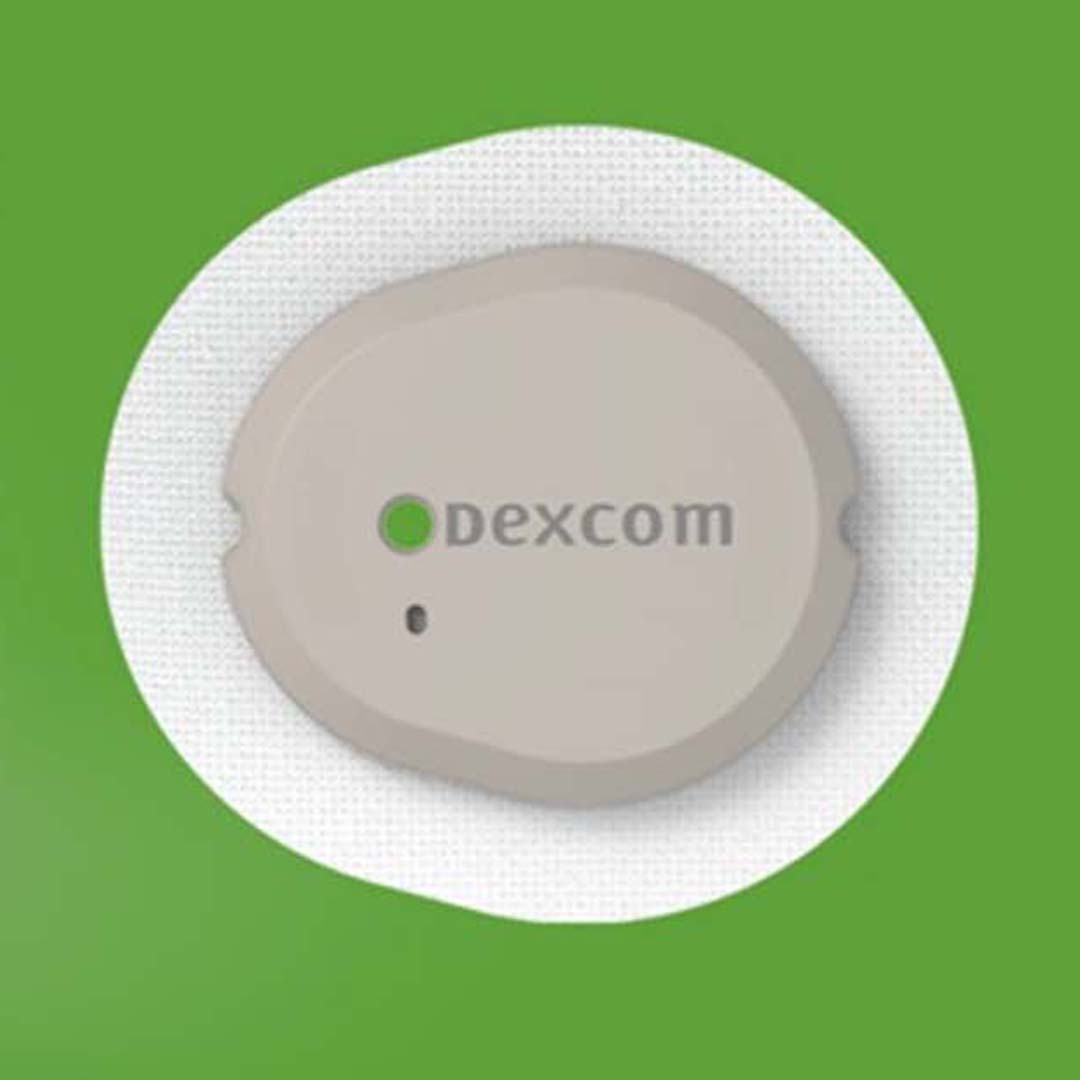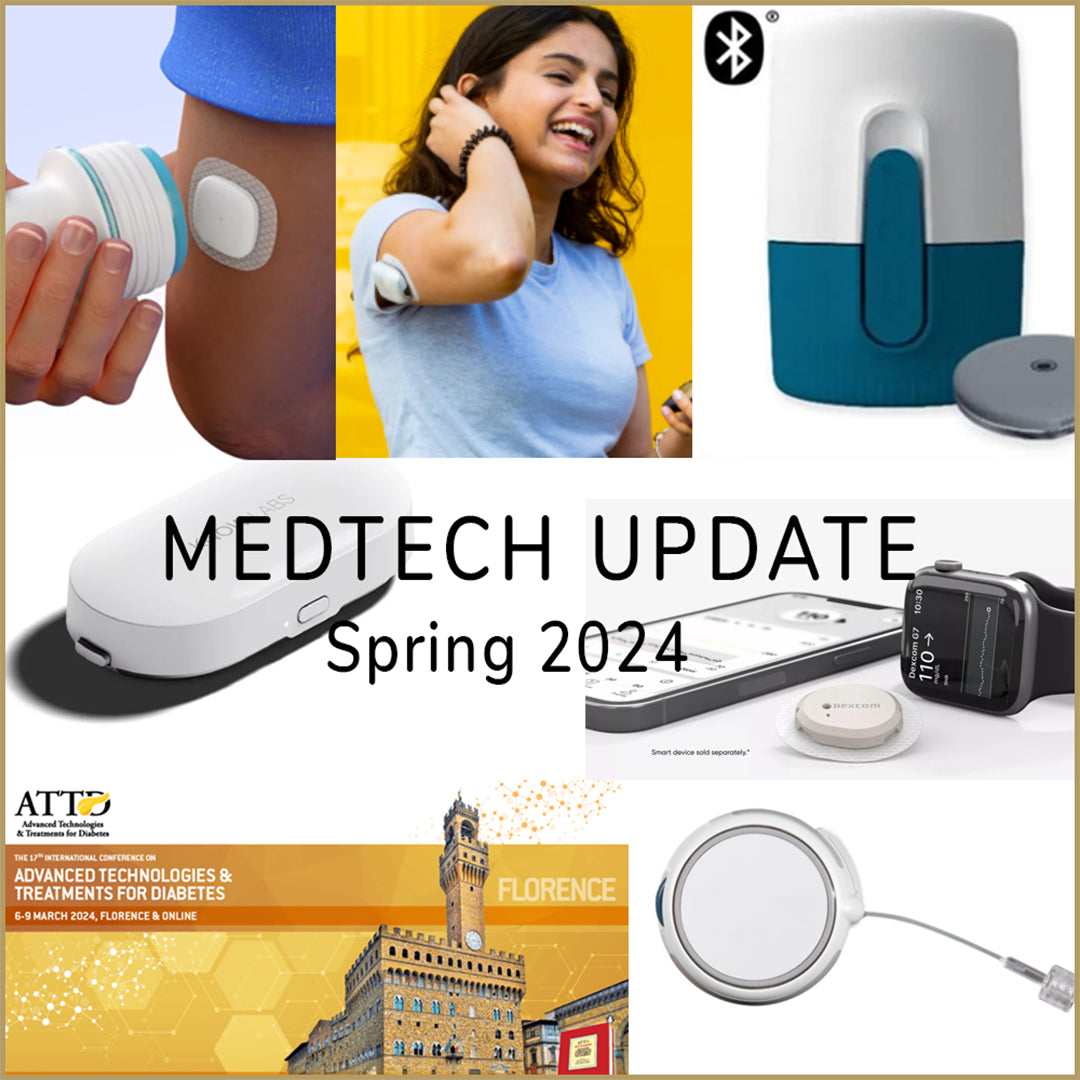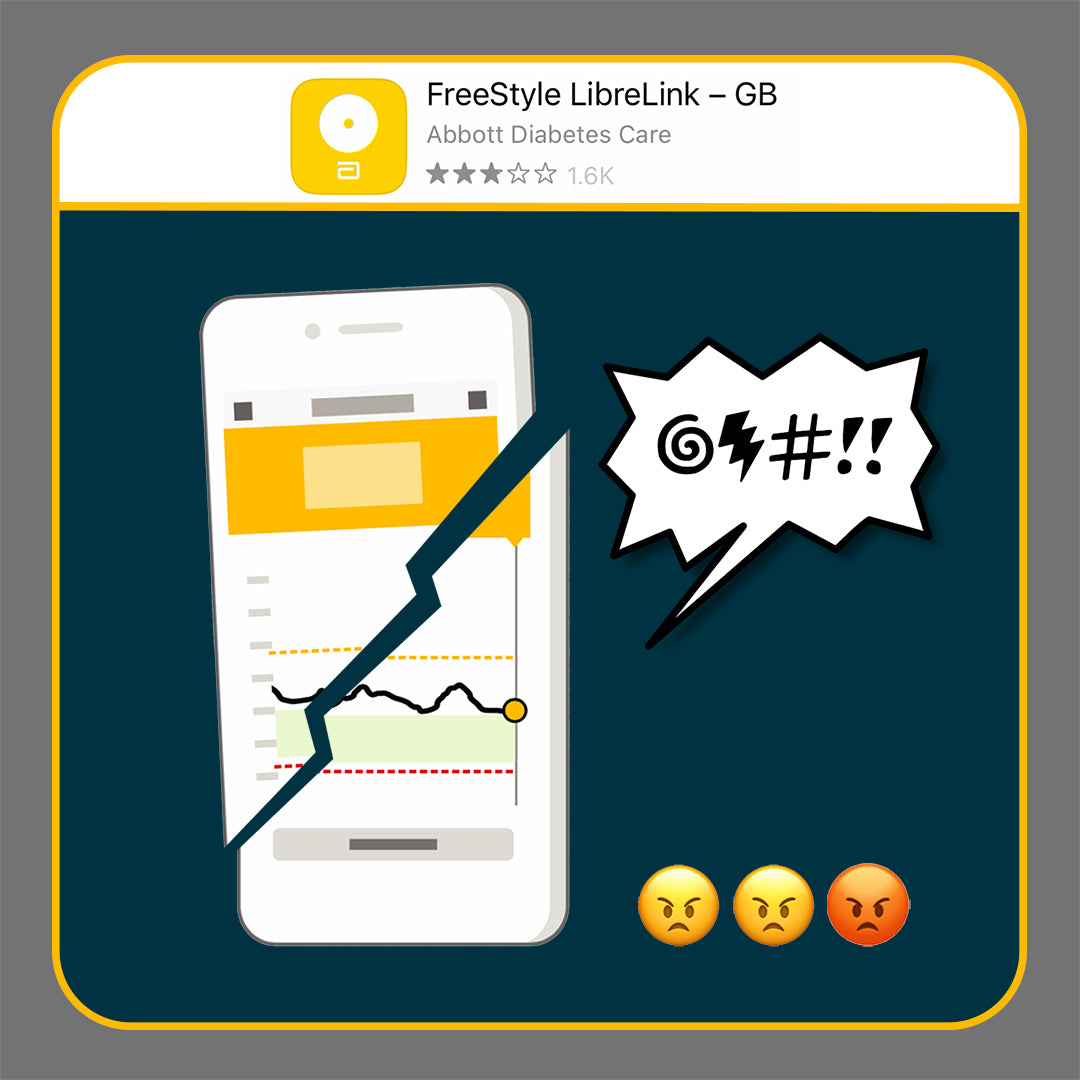| Blogs and publications on this website are independent of any involvement by medtech companies or diabetes related charities. To ensure there is no bias, we do not accept any products, freebies or other material from any medtech provider. All materials are copyright©️Love My Libre Ltd. |
***
This review will outline the main differences between Freestyle Libre 2 and Dexcom ONE - new to the UK and now on prescription. See if the Dexcom ONE a viable option for your diabetes management.
Key points about Dexcom ONE
- No scanning
- Updates every 5 minutes
- Lasts 10 days
- IP68 waterproof rating (24 hours up to 2.4m)
- Cost to NHS is same as FreeStyle Libre
- No follower app for carers

About the Dexcom ONE system
The Dexcom ONE CGM, a modified version of Dexcom’s G6 CGM, is now being rolled out on NHS prescription in England (from August 2022). The price of the ONE is comparable to the FreeStyle Libre and should give T1s a choice of systems to manage their diabetes.
ONE is advertised by Dexcom as suitable for T1s and T2s and can be self-funded. It is currently packaged as a 3-month bundle starting at £299 for 9 sensors and 1 transmitter.
Dexcom ONE does not have all the options available on the G6 or G7 (not yet released in the UK).
Sensor shape
Compared to the Libre 2 circular shape, the Dexcom ONE sensor is, an irregular lozenge shape which is slightly more obtrusive and noticeable when worn on the upper arm.
However, the ONE can also be worn on the abdomen and those aged 2-17 years can also place the sensor on the buttocks. This gives users an alternative approved option for sensor placement when compared to Libre 2 that can only be worn on the upper arm.
💛💛💛
Time of wear
Whereas Libre 2 is a one-piece sensor that includes the ability to transmit readings, Dexcom ONE has two separate parts, a sensor and transmitter.
The Dexcom ONE sensor lasts for up to 10 days and the transmitter which is rechargeable lasts up to 90 days. This is considerably shorter than the 14 days for use of the Libre 2 so would require a new sensor being applied more frequently.
This can be an advantage for some users as it’s less likely to become unstuck. It can also be better for accuracy too.
Sensor application
Both Dexcom ONE and Libre 2 are applied with a one-piece applicator. The Dexcom ONE applicator is significantly larger, more than twice the size of the Libre 2 applicator although more ergonomically designed for ease of use. Neither is recyclable but as the sensor if replaced every 10 days, the packaging is therefore more of a factor and less environmentally friendly.
Both the ONE and Libre 2 place an adhesive underlay on the skin to attach the sensor in place but because of the ONE shape the underlay covers a much larger area and is more noticeable on the skin. It also makes it look more obvious as being a medical product.
💛💛💛
Pairing a Dexcom ONE transmitter
Once a Dexcom ONE is attached, the user needs to ‘snap’ in a separate transmitter and this needs to be paired to the app, adding an additional stage to the application process. Pairing can be done by either scanning a QR code or keying in the serial numbers from these components into the app.
For the ONE, there is a two-hour warm-up period before glucose levels appear directly on a phone or watch. This contrasts with a one-hour warm-up for FreeStyle Libre 2.
For both types of sensors, users need to keep their phone (as the receiving device) within 6 metres of the transmitter during the warm-up period.
Flash vs CGM devices
FreeStyle Libre is classified as a ‘flash’ device as the user needs to scan the sensor to get a reading of their glucose level. It is therefore not a true continuous glucose monitor (CGM). Glucose levels are only seen when a scan is performed.
Dexcom ONE is a CGM and it displays real-time glucose levels every 5 minutes to either a Dexcom receiver (specifically for Dexcom ONE) or compatible phone.
Both Dexcom ONE and FreeStyle Libre are approved for treatment decisions.
Swimming, Sports & Exercise
Many Libre sensor wearers will know that the sensor’s instructions state that it is suitable for showering but should only be worn for swimming for up to 30 minutes to a depth of 1 metre, with an IP rating of IP67.
This causes lots of concern for those swimming wearing a sensor and the option of using a Dexcom ONE, which has a higher waterproof rating of IP68, may appeal to many for this reason.
The Dexcom ONE instructions state that once the transmitter is snapped in place and can be worn for swimming, showering and bathing and it can be worn for up to 24 hours in water to a depth of 2.4 metres.
Integration with phone/smartwatch
Libre 2 uses the same app as Libre 1 but users need to update it for alarm functionality. The Dexcom ONE App is Clarity. Both apps can be downloaded from the App Store (iOS) or Google Play (Android).
There is a list of on Dexcom’s website. It’s important to check on the manufacturer’s website for a list of compatible phones, particularly for Dexcom ONE as the list is not extensive.
Unfortunately, the Libre 2 and Dexcom ONE do not have the ability to connect to a smartwatch – a highly desired feature that users are keen to see for medtech products for diabetes!
Reports & accuracy
The published MARD* for Dexcom ONE is stated as 9.8% for adults and 7.7% for children.
The published MARD for FreeStyle Libre 2 is 9.3%.
MARD is mean absolute relative difference and is used as a measure of CGM accuracy. The lower the percentage the more accurate the device has shown to be in trials. However, manufacturer’s use different conditions for clinical trials to get this data and there is no standised approach which is regulated or monitored by an external body. Therefore, looking at MARD alone can be misleading.
Users report that FreeStyle Libre tends to be less accurate in the first 24-48 hours and this can also be true with Dexcom ONE.
Training and support
Both Dexcom and FreeStyle Libre have training videos accessible via their websites. These cover the basics but don’t give any real-life experience from a user’s perspective and leave many questions, that commonly crop-up when you’re a new user, unanswered.
The support offered from the websites is very limited. Many users reach out to Facebook forums for this reason.
Eco-friendly
The lack of recycling programmes and both the single use of plastic and the volume used in manufacture, are bug bears of a significant number of users of medtech products.
The manufacturers seem to have been slow to recognise that users are becoming increasing conscientious of the amount of plastic that is being ‘wasted’ and that it is sometimes very difficult for users to dispose of biohazardous material.
💛💛💛
Thank you for reading. Please do submit comments below if you have any useful feedback on the use of this product.
💛💛💛
Disclaimer
Details and data is correct to the best of the author’s knowledge at the time this blog is published. We do not accept responsibility for any errors or omissions. Information is for guidance only and it is recommended that you confirm specific details and suitability yourself with the supplier, or your healthcare provider.
Love My Libre is not associated or affiliated with any of the aforementioned medtech providers. Content here and on our website www.lovemylibre.com does not constitute medical advice or replace the relationship between you and healthcare professionals nor the advice you receive from them.
The author of this blog has type 1 diabetes and uses the FreeStyle Libre 2 which is provided on NHS prescription. We do not have any affiliate relationship with Abbott or FreeStyle Libre.
All third party devices and apps mentioned are registered trademarks of their respective owners. Images sourced from Dexcom Inc.






